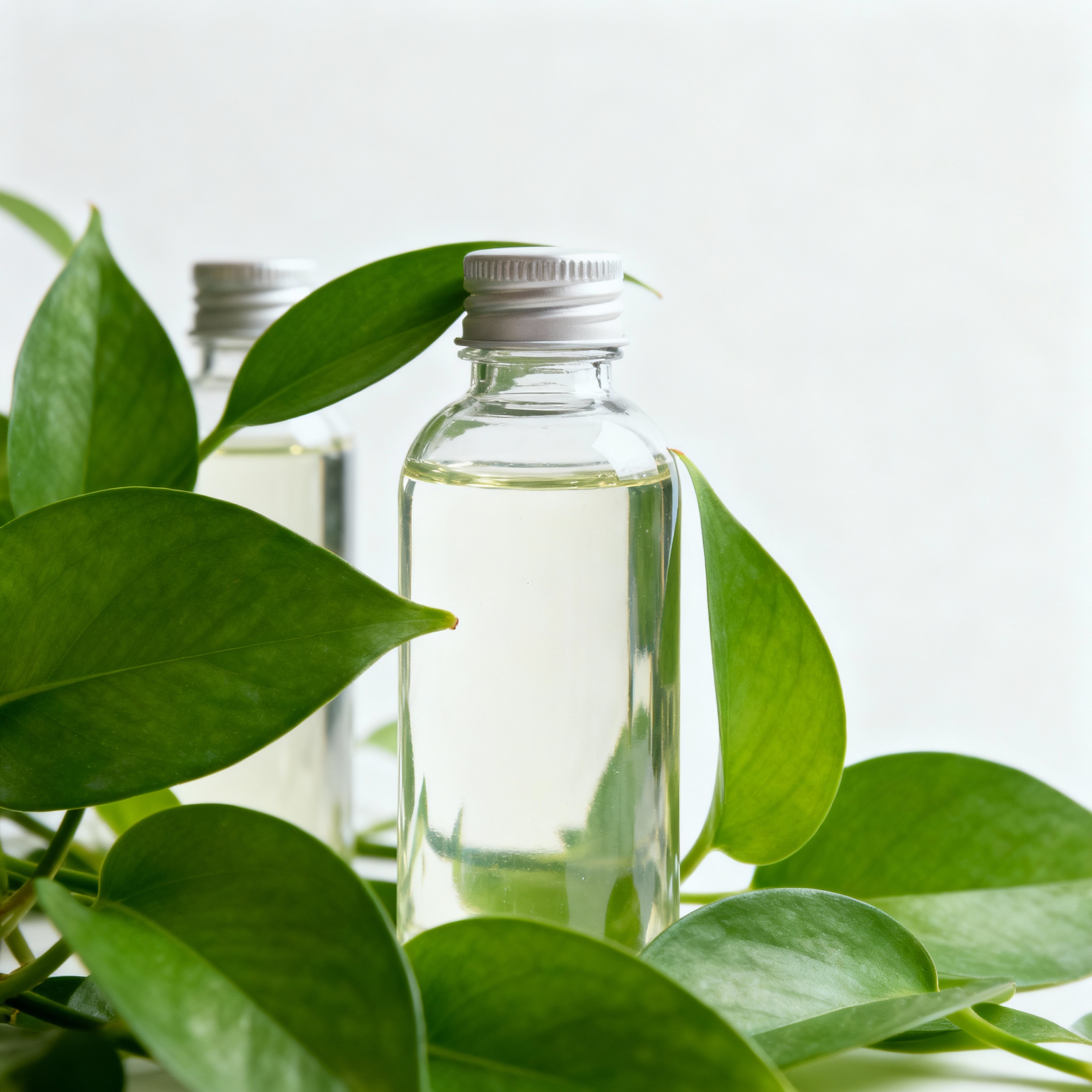In the quest for a cleaner environment and healthier living spaces, modern cleaning formulations that leverage enzymes, biodegradable surfactants, and bio-solvents are revolutionizing how we tackle dirt, grime, and stains. These ingredients work synergistically to deliver powerful cleaning performance while minimizing ecological impact.
![Eco-friendly enzyme-based cleaning products]
Enzymes: Nature’s Precision Cleaners
Enzymes are biological catalysts that accelerate the breakdown of soils at a molecular level. Commonly used enzymes include:
Proteases, which target protein-based stains like blood and food.
Lipases, specialized in breaking down fats and oils.
Amylases, effective against carbohydrate residues such as starch.
By tailoring enzyme blends to specific cleaning challenges, formulators can create detergents that work at lower temperatures and with less water, reducing energy consumption and wastewater volume.
Biodegradable Surfactants: Gentle Yet Effective
Surfactants are the backbone of any cleaning product, lowering surface tension to lift away dirt. Traditional surfactants often persist in waterways, but biodegradable alternatives derived from plant feedstocks—such as sugar esters, coconut-derived ethoxylates, and alkyl polyglucosides (APGs)—offer similar performance with rapid environmental degradation. Benefits include:
Low aquatic toxicity, safeguarding fish and invertebrates.
Rapid biodegradation under aerobic and anaerobic conditions.
Renewable sourcing, reducing reliance on petrochemicals.
These surfactants maintain foaming and wetting properties essential for kitchen, laundry, and hard-surface cleaners.
Bio-Solvents: Sustainable Dissolving Power
Bio-solvents replace harsh petrochemical solvents in degreasers, spot removers, and aerosol cleaners. Derived from plant oils (e.g., citrus terpenes, soybean esters) or fermentation (e.g., ethyl lactate), they offer:
High solvency for oils, inks, and adhesives.
Low volatility, minimizing inhalation hazards.
Complete biodegradability, ensuring no persistent residues.
Formulations incorporating bio-solvents enable effective degreasing at ambient temperatures while being safe for users and ecosystems.
Synergy in Formulation
By combining enzymes, biodegradable surfactants, and bio-solvents, formulators achieve:
Enhanced stain removal through multi-mechanistic action.
Lower chemical load, reducing total active ingredient concentration.
Improved safety for users—no harsh fumes or skin irritants.
Eco-friendly disposal, with rapid breakdown in sewage and natural waters.
Example Application: All-Purpose Spray
A balanced all-purpose cleaner might contain:
Protease and lipase blend to target food residues.
Alkyl polyglucoside surfactant for foaming and grease dispersion.
d-Limonene bio-solvent for dissolving sticky films.
A mild chelating agent and natural fragrance.
This spray cleans kitchen counters, bathroom surfaces, and even glass, without streaks or harsh odors.
Making the Switch
Transitioning to green cleaners doesn’t require sacrificing performance. Start by:
Identifying target soils (grease, protein, starch) and selecting the appropriate enzyme mix.
Choosing plant-derived surfactants certified for biodegradability.
Incorporating bio-solvents in formulations where powerful solvency is needed.
Testing at realistic use conditions—cold water, low contact times.
Communicating benefits to end users: safer ingredients, renewable sourcing, and reduced carbon footprint.
Embracing enzyme-based, biodegradable surfactant, and bio-solvent technologies paves the way for a sustainable cleaning revolution. Clean smarter, live greener.

No comments:
Post a Comment